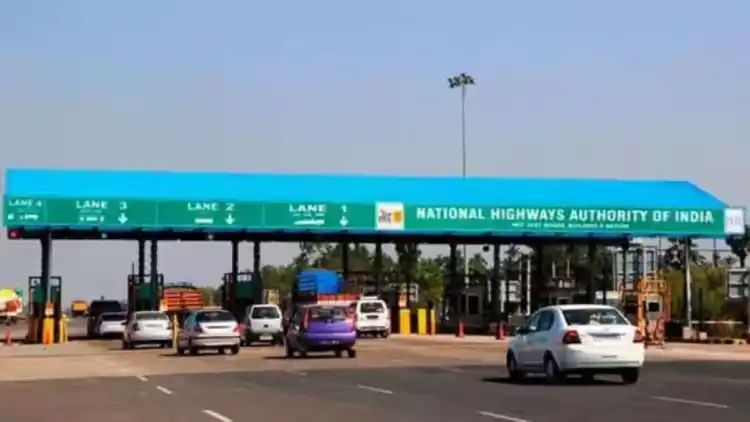FASTag To Soon Be Replaced By ‘GPS-Based Toll Collection’, Confirms Centre

Following Union Minister for Road Transport and Highways Nitin Gadkari’s announcement regarding the government’s plans for a nationwide implementation of a GPS-based toll collection system, considerable attention has been drawn to this new technology.
The initiative aims to eliminate traditional toll plazas and booths and transition to a GPS-based toll collection system.
Previously, the usage of FASTag for all four-wheeler vehicles was mandated that utilises Radio Frequency Identification (RFID) technology for deducting the toll fees. Under the existing FASTag system, vehicles are equipped with a chip-based sticker affixed to the windshield. When passing through a toll gate, a scanner reads the FASTag sticker and automatically deducts the toll amount. This system has significantly reduced waiting times at toll plazas compared to traditional cash or card payment methods.
The proposed GPS-based toll collection system will require all vehicles to be equipped with GPS technology. To implement this GPS-based toll collection system, microcontrollers with 3G and GPS connectivity will have to be deployed that will allow the regulatory authorities to track vehicle routes and toll usage. Data transmitted from the vehicle’s onboard GPS device will indicate the number of toll roads and gates passed through which will then help in calculating the applicable toll charges.
While both FASTag and GPS-based toll collection aim to streamline toll payment processes, FASTag relies on RFID technology for automated toll deduction and is linked directly to the user’s bank account or digital wallet. On the other hand, the GPS-based system will continuously track vehicle movements throughout the journey. Toll charges will be calculated based on the vehicle’s route and toll usage, collected via GPS tracking. The transition from traditional toll collection methods to innovative technologies such as FASTag and GPS-based systems reflects the government’s commitment to modernising transportation infrastructure and enhancing user convenience.





